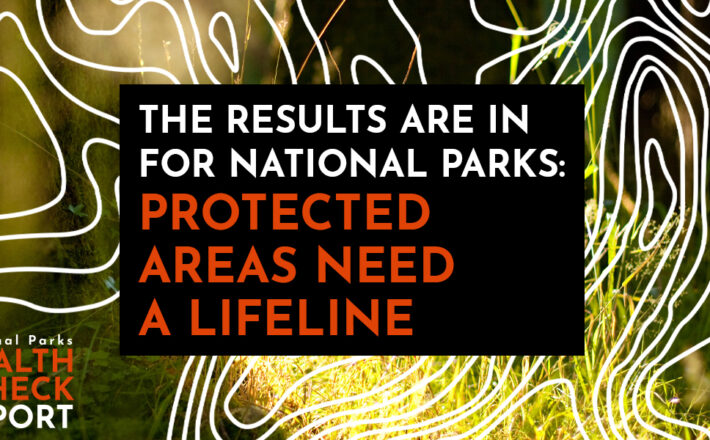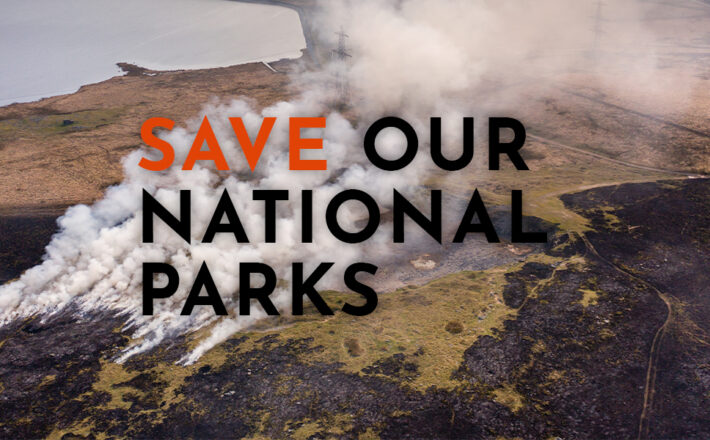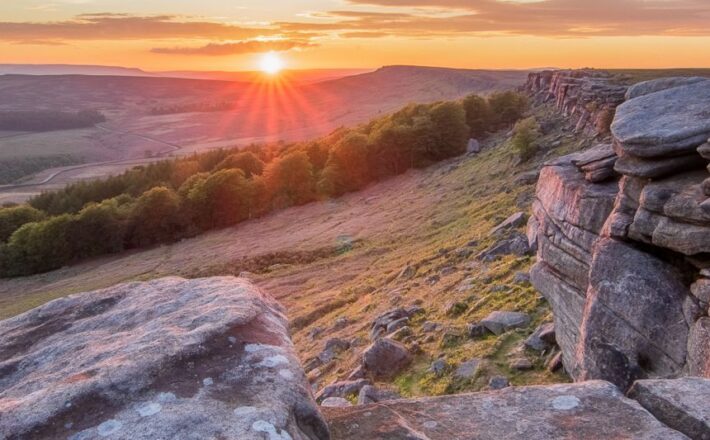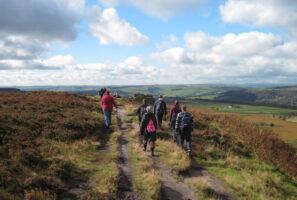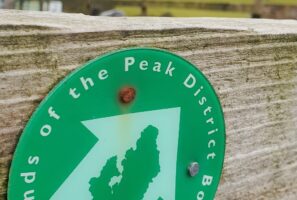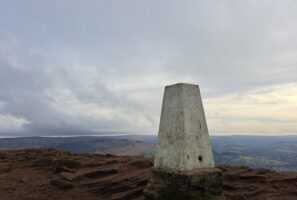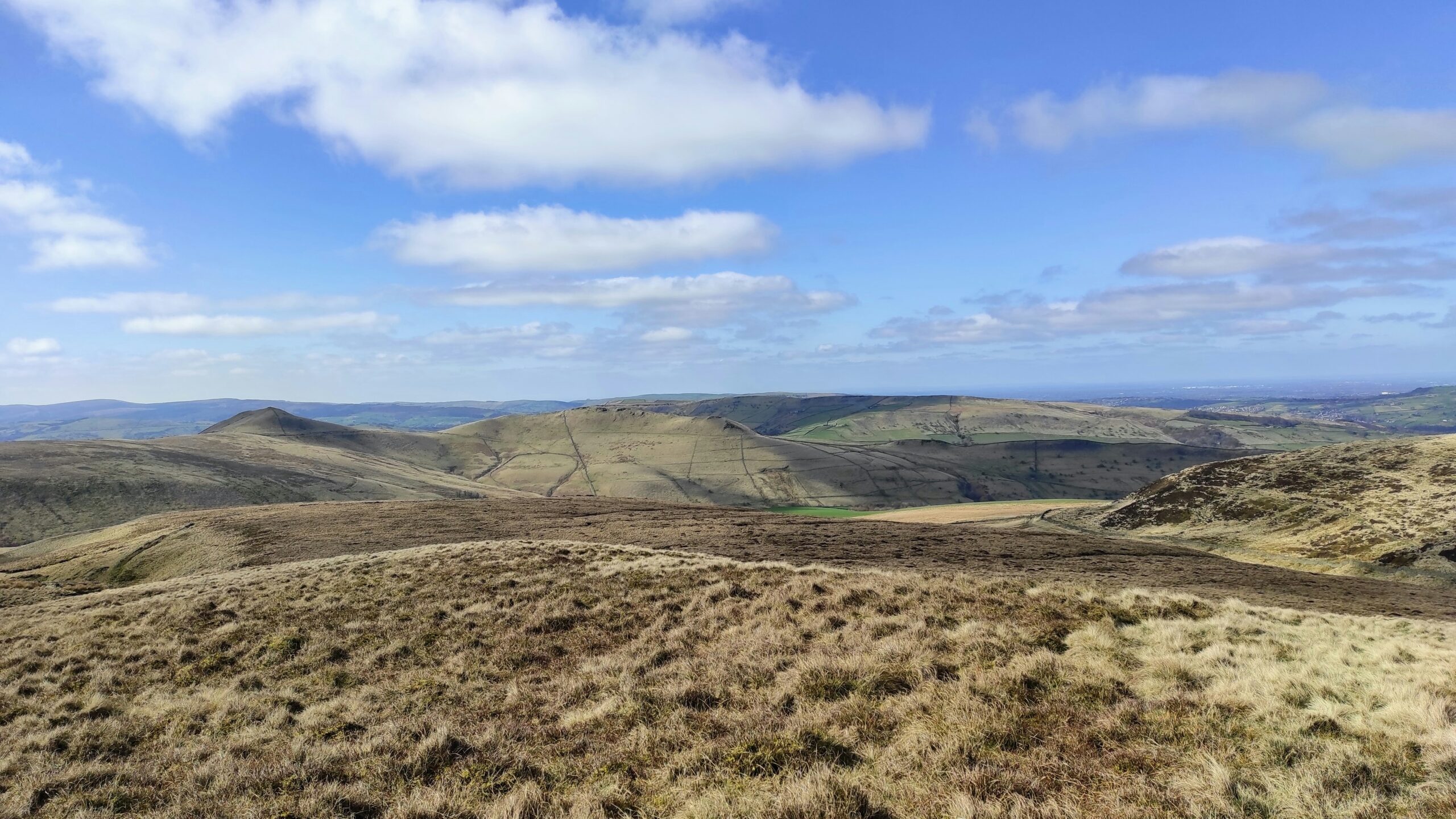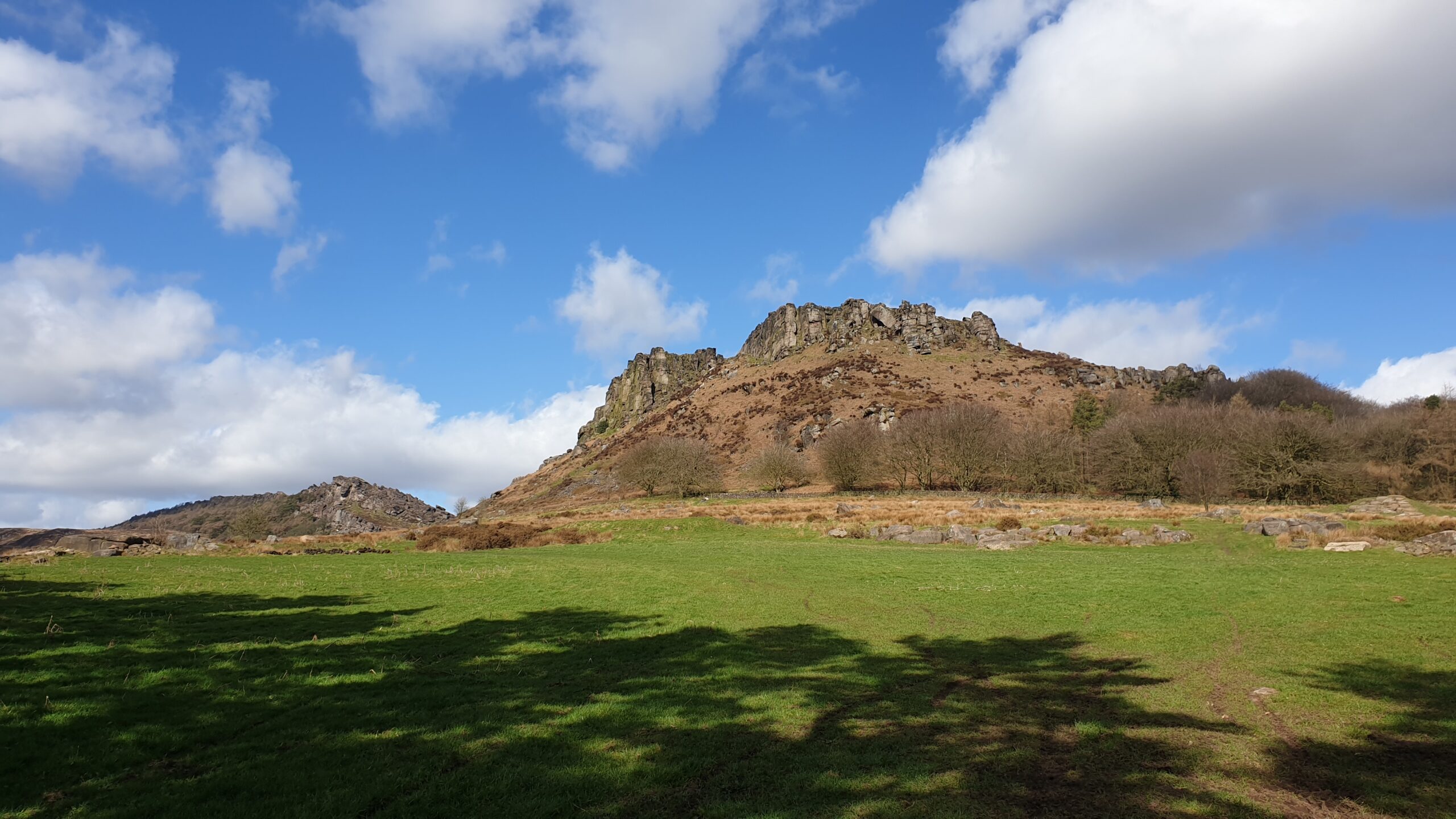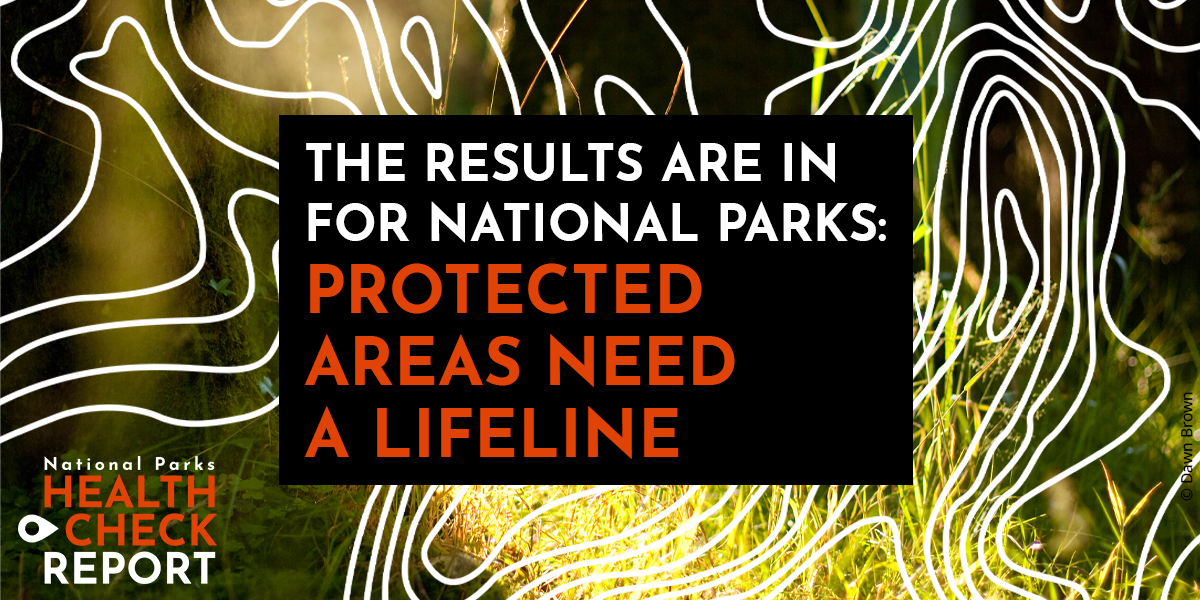Quarries and pits
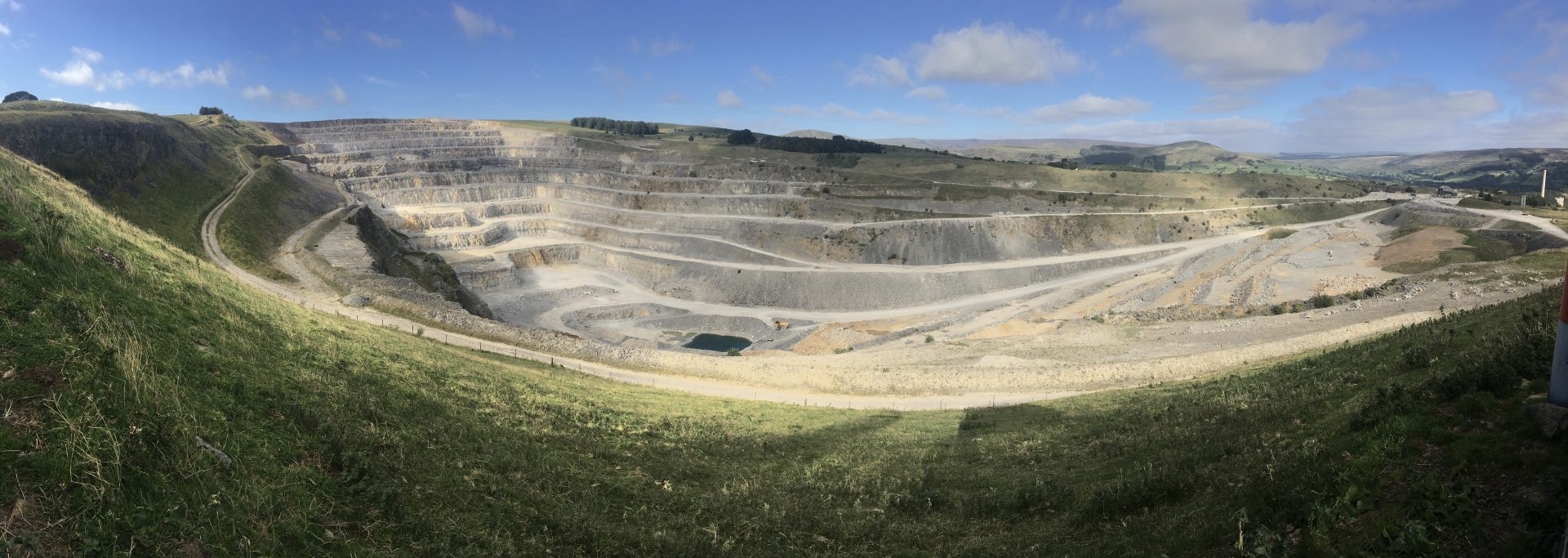
Quarrying in the Peak District
The Peak District landscapes are rich in a range of minerals that society demands for roads, homes, power-stations and the chemical industry, such as fluorspar.
Quarrying creates scars of rock and bare earth. The dust, noise, machinery and lorries destroy the peace and safety of country lanes and local villages. In recent years we’ve joined local people in campaigning against quarrying at Backdale and Stanton Moor.
Good quarry, bad quarry
Quarries can devastate landscapes. However, they also provide the raw materials that our society demands, as well as jobs and income for local people. When operations have finished, quarries can be backfilled and landscaped. We will always campaign against illegal and irresponsible quarrying in the Peak District. But we support responsibly run small scale quarrying which benefits the local economy and where we are confident the landscapes will be made good when work is finished.
Ticking timebombs
A major problem in the Peak District are the old planning permissions to quarry a variety of minerals were granted over 50 years ago and rarely included any need for backfilling or landscaping. Dormant old mineral permissions were the greatest threat but happily the Peak District National Park Authority has taken positive action by serving prohibition orders that remove planning rights without compensation. There are now only a few small sites in the Peak District that could be re-opened.
Along with the Campaign for National Parks we’ve lobbied nationally for improved legislation. In 2008 as a result of our joint campaigning the Government finally issued new laws to bring all old mineral permissions under modern planning controls. These laws eventually helped us get rid of Backdale Quarry once and for all.
Quarries and pits in South Yorkshire
The earliest quarries in South Yorkshire were small and usually extracted stone and materials for building houses. They are now often landscape features of historic interest.
Coal mining was the main activity in the 19th and 20th centuries. Most work was underground, but waste material (spoil) brought to surface created huge tips covering large areas around the mines. Most of these tips have now been restored and landscaped into recreation spots, such as Rother Valley Country Park and the RSPB’s Old Moor nature reserve.
Coal is still mined in South Yorkshire but usually via open cast mining. This is temporary but can cause scars on the landscape. The impact on local communities can also be severe, especially from lorries carrying the coal away. For environmental reasons, Government policy is usually against coal mining unless the impact on land and communities is minimised.
There are also a number of large quarries that provide aggregate for road building and construction on the limestone ridge that runs north to south through Doncaster and Rotherham. Some specialist dolomite (a type of limestone rich in magnesium) quarries provide material for glass making. Doncaster also has a number of sand and gravel pits which spread over very large areas of the countryside. When they are restored, they can provide valuable lakes and wetlands for wildlife or can be returned to agriculture.
We oppose open cast coal mining because of the impact it has on the landscape and the need to switch away from dirty fuels like coal to avert the worst impacts of climate change.
We monitor all new applications for quarrying in South Yorkshire and judge them on the impact they would have on the countryside and communities. We also look to see if there are already enough reserves available in the region to satisfy the reasonable needs of society.
Read more…
Please see our policies for more details about where we stand.



